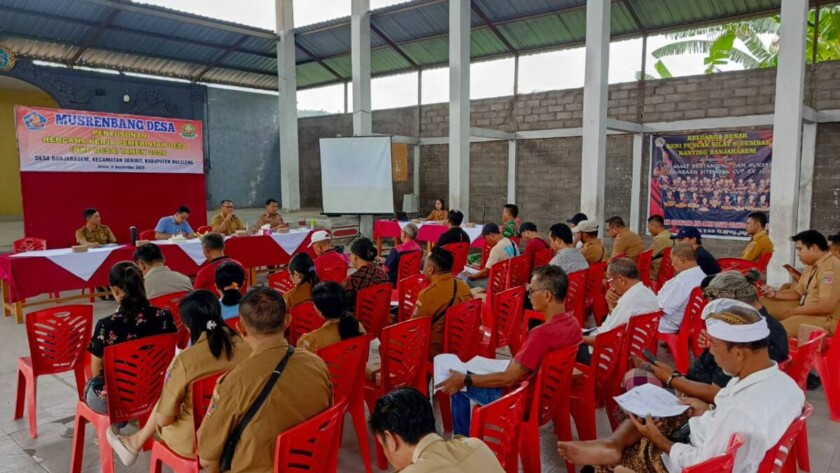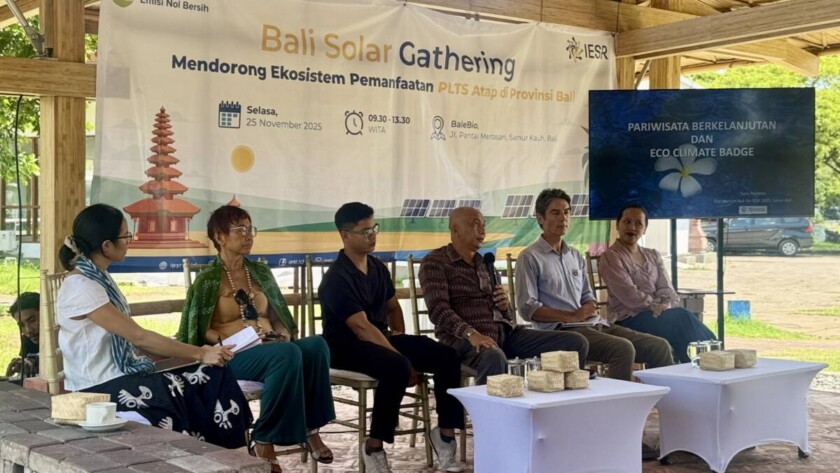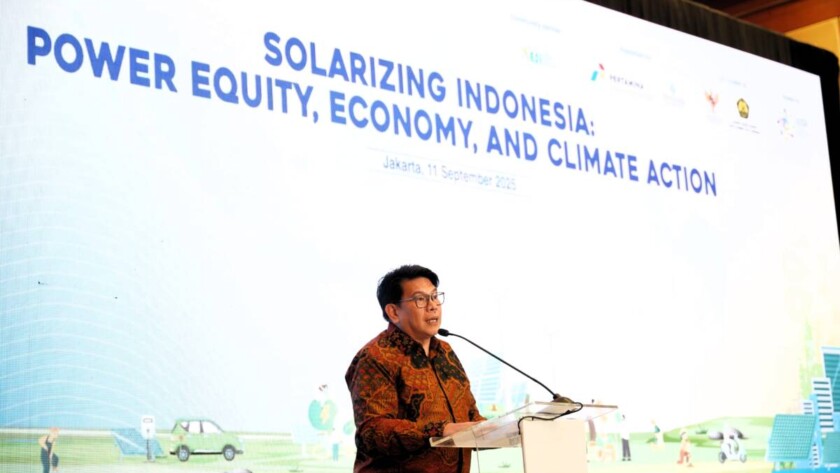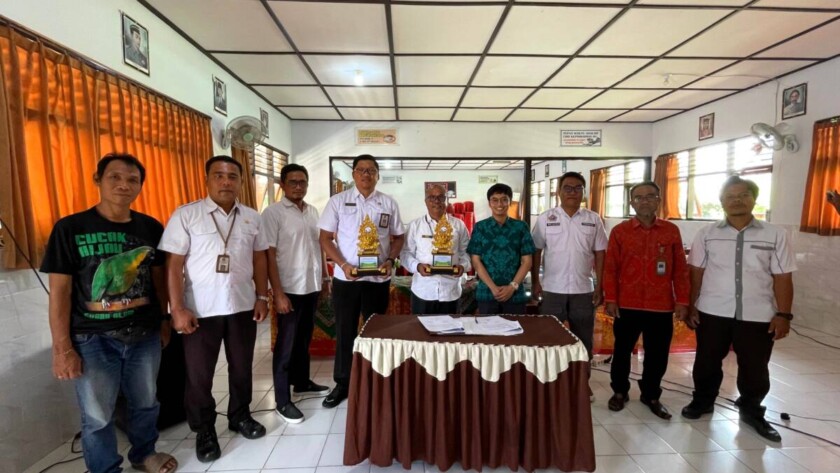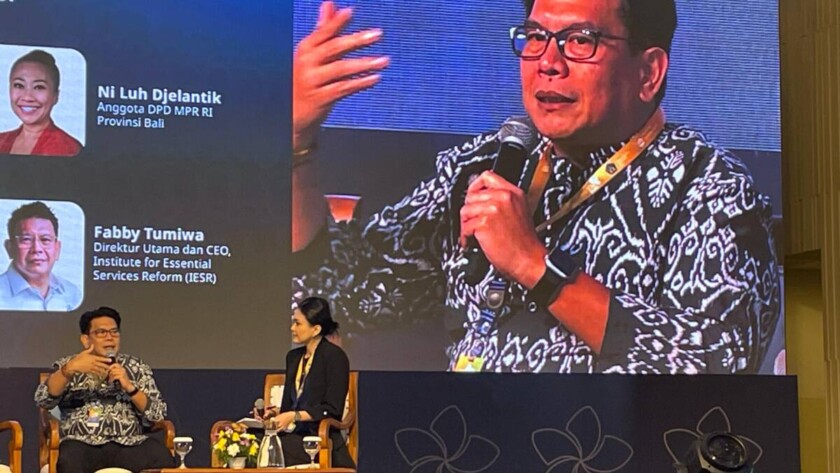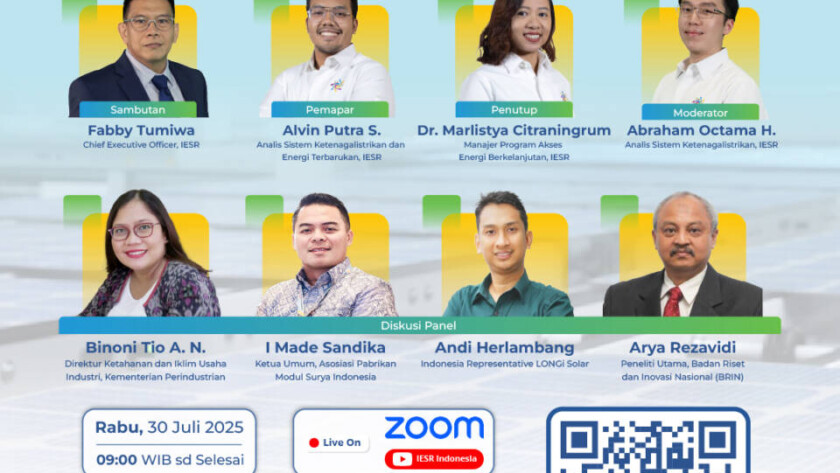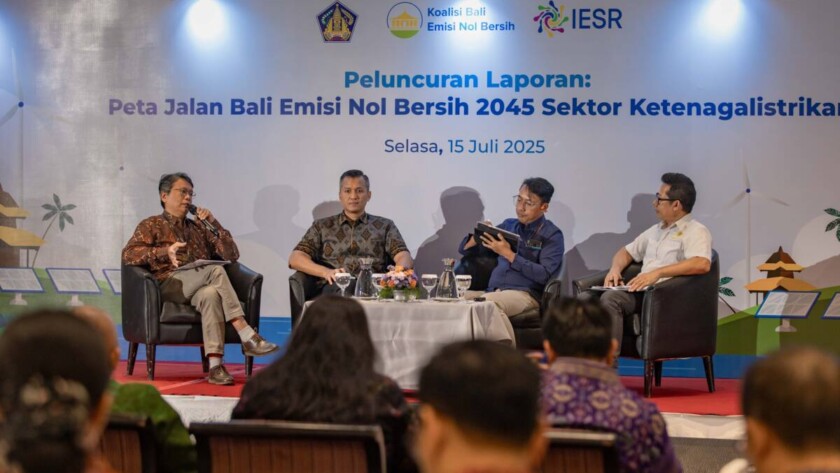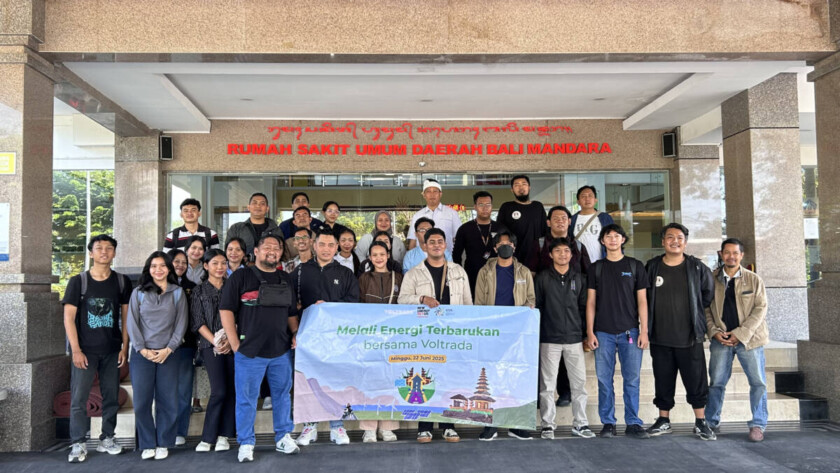Bali Net Zero Emission (NZE) 2045, a target set by the Provincial Government of Bali to achieve zero emissions by 2045--15 years ahead of the national target--is not only ambitious but also demands a strong commitment to ensure that this ambition brings benefits to everyone, not just a select few. It requires public participation in…
